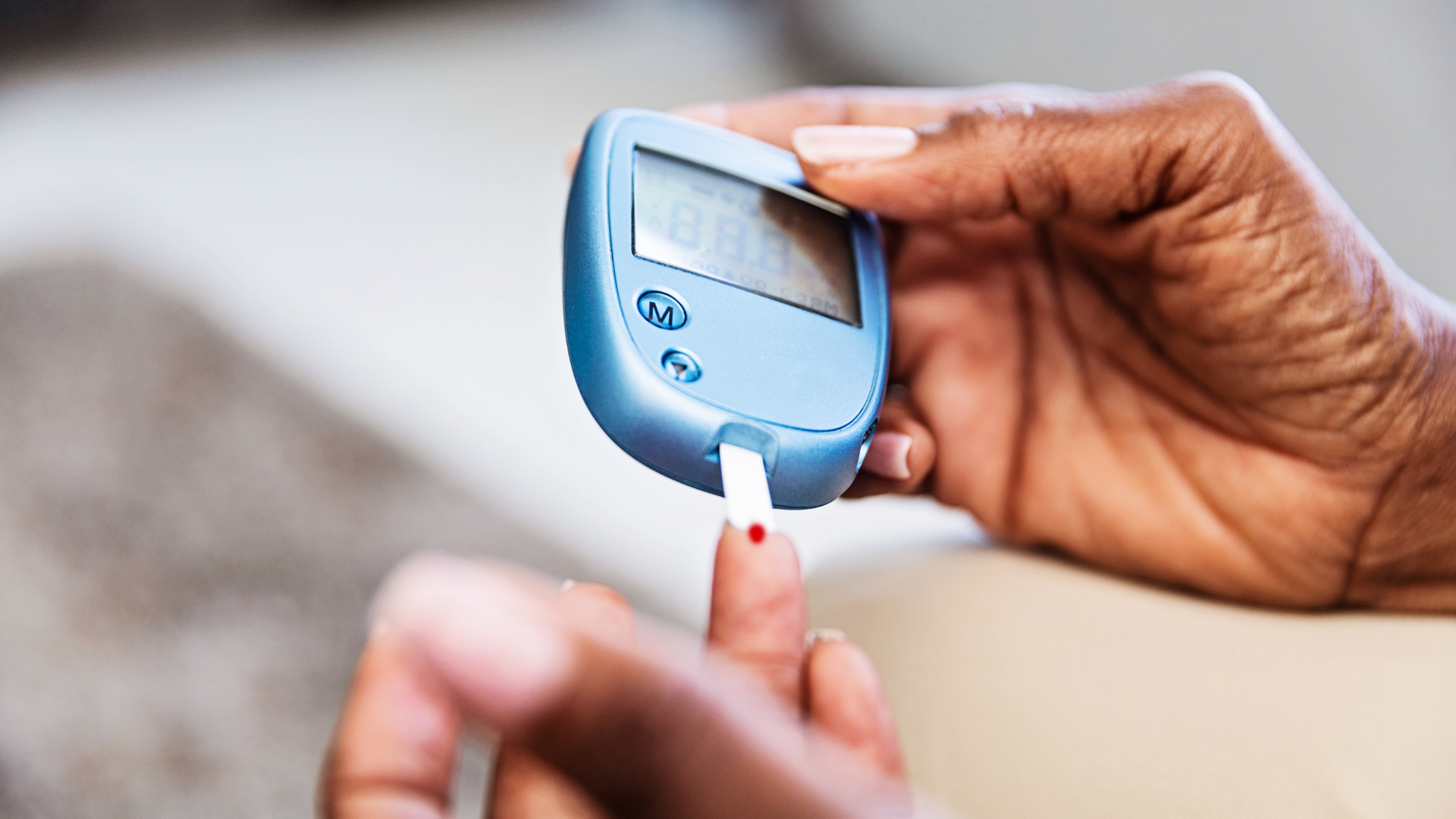
Achieving and maintaining blood sugar control soon after a type 2 diabetes diagnosis is linked to a lower risk of severe heart disease, a new study reveals.
Notably, poor blood sugar control in the first year after diagnosis with frequent blood sugar fluctuations is associated with an increased risk of heart disease.
“The conventional wisdom has been to slowly and steadily treat type 2 diabetes with diet and medicine dose-escalation over years – the period over which it took people to reduce their sugar levels after diagnosis was thought less important for major vascular protection. However, our observational study suggests that getting blood levels under control quickly – within the first 12 months after diagnosis – will significantly help reduce cardiovascular events,” Martin Whyte, MBBS, PhD, co-author of the study and reader in metabolic medicine at the University of Surrey said in a press release.
The study, “Early and ongoing stable glycaemic control is associated with a reduction in major adverse cardiovascular events (MACE) in people with type 2 diabetes: primary care cohort study,” was published in Diabetes, Obesity and Metabolism.
High glycated haemoglobin (HbA1c) is associated with a higher risk of cardiovascular disease (CVD) – a leading cause of death and disability in diabetes. Past studies show that achieving tight blood sugar control early after diagnosis lowers the risk of CVD and other diabetes-related complications. This phenomenon is known as a legacy effect. Conversely, trying to achieve tight blood sugar control several years after diagnosis may lead to adverse outcomes.
Although it is unclear why aiming for tight blood sugar control years after diagnosis increases the risk of heart disease, some scientists attribute it to fluctuations in blood sugar levels. This concept has never been investigated, so a team of scientists in the UK analysed a database of patients with diabetes to investigate how achieving blood sugar control within the first year of type 2 diabetes diagnosis and fluctuations in blood sugar levels affect CVD risk
Adults with newly diagnosed type 2 diabetes registered on the Royal College of General Practitioners (RCGP) Research and Surveillance Centre (RSC) database between January 2005 and December 2016 were enrolled.
All participants had HbA1c measurements at diagnosis one year later and at least five more measurements after. HbA1c measurements were classified into three groups: A: HbA1c less than 58 mmol/mol (7.5%); B: HbA1c 58-75 mmol/mol (7.5%-9.0%) and C: HbA1c of at least 75 mmol/mol (9.0%).
The scientists then analysed how the participants’ HbA1c levels moved between the three categories from diagnosis to one year. And after the first year, they investigated how changes in HbA1c affected CVD risk.
A total of 26,180 individuals were included in the study. The mean age of the participants was 68 years, and 43.9% were female. Participants were primarily Caucasian (71.%), 6.6% were Asian, and 3.3% were Black. The cohort’s mean HbA1c was 57.5 mmol/mol.
Within the first 12 months of diagnosis, 1,457 individuals developed major adverse cardiovascular events (MACE) and 12-months after diagnosis, 2,300 developed MACE. The median time to MACE was 635 days.
Compared to participants who remained in the lowest HbA1c category (group A) in the first year after diagnosis, those who moved from the highest HbA1c category (group C) to the lowest had a 25% lower risk of MACE.
However, those who remained in the highest HbA1c category had a 21% higher risk of MACE. Participants who maintained stable blood sugar control also had a 51% lower risk of MACE than those with the most frequent blood sugar fluctuations.
“We have shown that improvement of glycaemic control, within the first year following diagnosis of type 2 diabetes, was associated with reduced risk of subsequent MACE. Furthermore, we found that the greatest glycaemic variability (i.e. after the initial 12-months glycaemic trajectory), also conferred a higher risk of MACE. These data are in keeping with the concept of a legacy effect but with subsequent glycaemic variability contributing to an individual’s risk profile,” the researchers wrote.
Notably, participants aged 65-74 and ex-smokers were more likely to lower their blood sugar levels within the first year of diagnosis, whereas active smokers and participants aged 25-44 were the least likely to reduce them.
“We found that younger adults, aged 25-44 years, were more likely to remain in the high HbA1c category over the first year. This is concerning as these patients may be more likely to benefit from a later pay-off from a legacy effect,” they wrote.
These findings support current recommendations to encourage people with newly diagnosed type 2 diabetes to achieve early blood sugar control.
“Our findings support the concept that effort must be made to achieve rapid metabolic normalisation after the diagnosis of diabetes in those with low propensity to hypoglycaemia,” they concluded.


